
BE THE FIRST TO KNOW
Subscribe to the Porto eCommerce newsletter to receive timely updates from your favorite products.
High-end vinyl flooring has emerged as one of the most versatile and practical flooring solutions in today's market, transforming interior spaces with its remarkable blend of aesthetic appeal and functional performance. This innovative flooring option has steadily gained popularity among homeowners, designers, and contractors alike, offering an elegant wood look as an impressive alternative to traditional hardwood, stone, and ceramic tile.
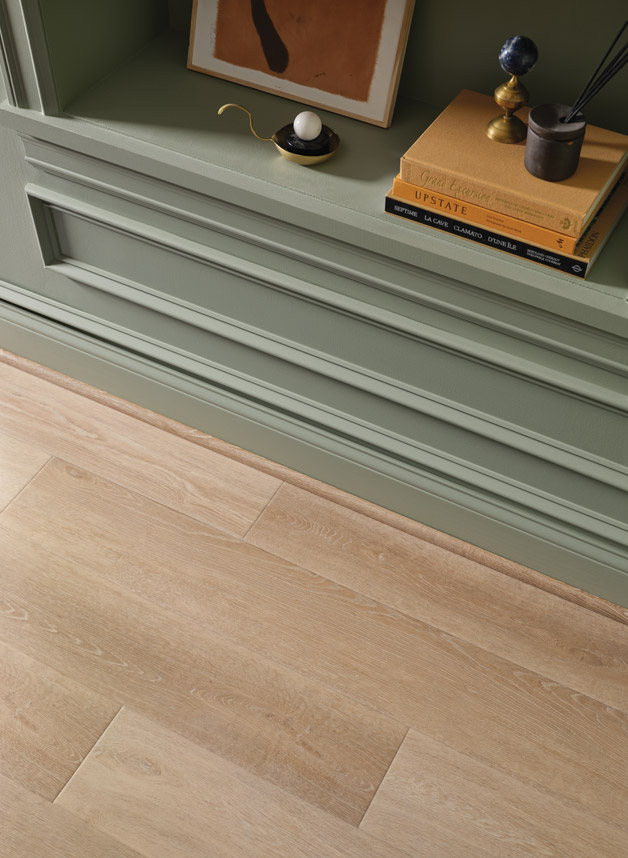
The combination of cutting-edge manufacturing techniques and advanced imaging technology has resulted in luxury vinyl plank flooring and luxury vinyl tile products that not only replicate the visual appeal of natural materials with astonishing accuracy but also deliver superior durability, water resistance, and comfort underfoot.
The appeal of this flooring extends beyond its visual resemblance to premium flooring materials. Its multi-layered construction creates a resilient surface capable of withstanding the demands of busy households while requiring minimal maintenance. From homes with active children and pets to commercial spaces with heavy foot traffic, it provides a practical solution that doesn't compromise on style.
This comprehensive guide will explore the various types of vinyl flooring available today, delving into their unique characteristics, installation methods, performance benefits, and ideal applications to help you navigate the diverse options and select the perfect flooring solution for your specific needs.
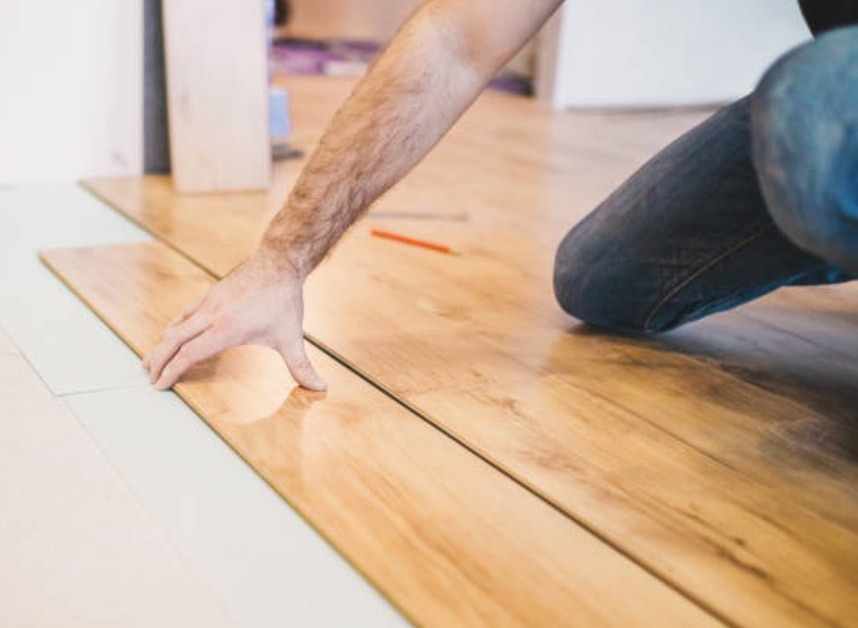
In this buying guide, we will explore different types of luxury vinyl and how to maintain new flooring, preventing any wear and tear. We will also explore types of luxury vinyl plank, easy to maintain and easy to install popular choices in waterproof luxury vinyl.
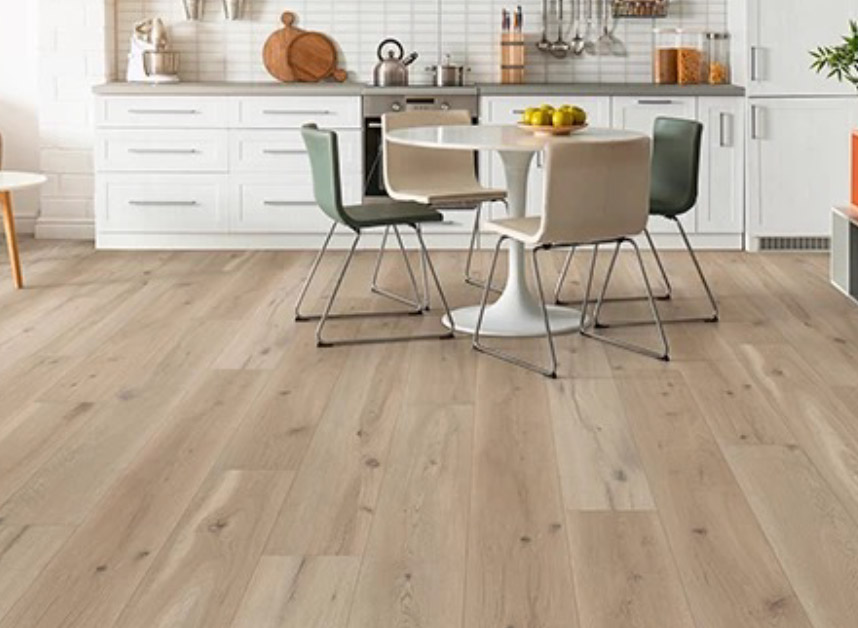
LVF represents a significant evolution from the glue-down vinyl products of decades past. Unlike its predecessor, which was often thin, flimsy, and limited in design, luxury vinyl flooring features a sophisticated multilayer construction that delivers exceptional performance and realistic aesthetics. At its core, LVF consists of multiple layers of WPC (wood plastic composite) vinyl combined with additives that enhance longevity, flexibility, and dimensional stability.
The typical structure of luxury vinyl flooring includes:
This sophisticated construction creates flooring that is waterproof, resistant to scratches and dents, comfortable underfoot, and capable of withstanding the demands of high-traffic areas while maintaining its appearance for years.
LVF is available in two primary formats, each designed to emulate different natural materials and suit specific aesthetic preferences and functional requirements:
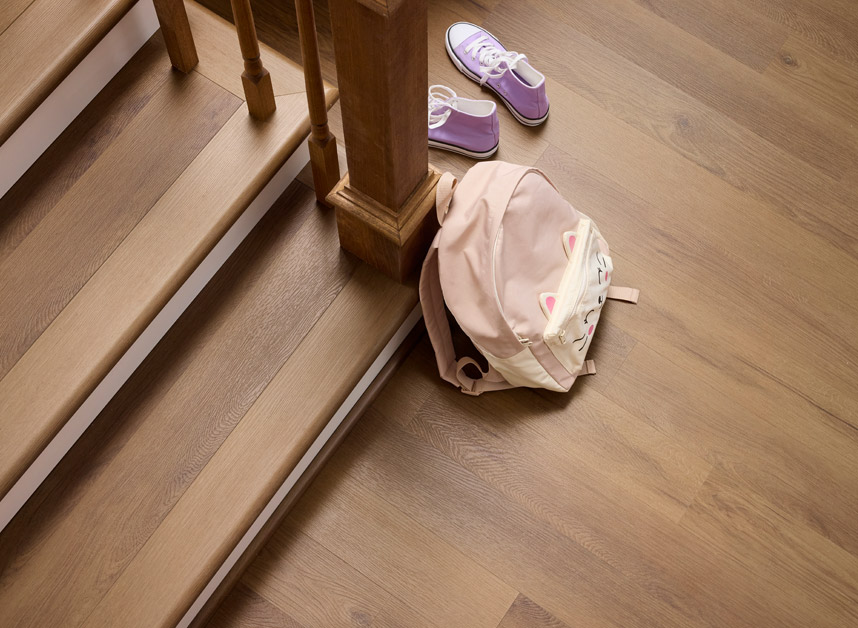
LVP flooring is engineered to capture the timeless beauty and warmth of natural hardwood. These rectangular pieces are manufactured to replicate the dimensions and appearance of solid wood planks with remarkable authenticity.
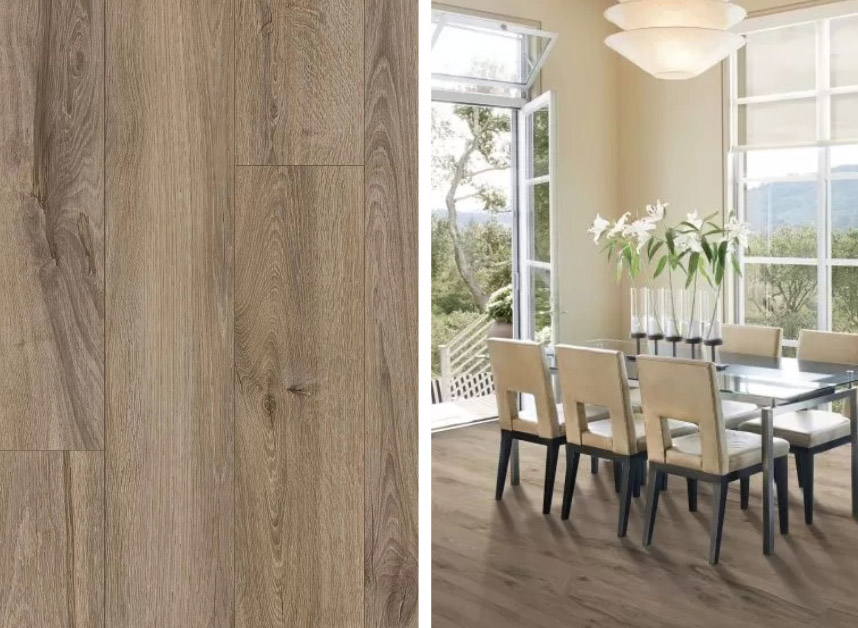
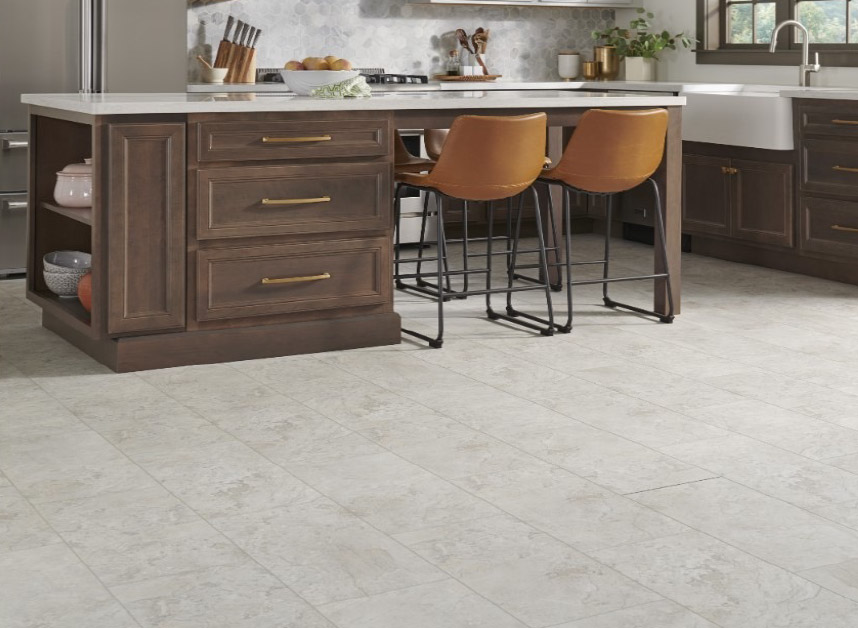
LVT excels at replicating the sophisticated appearance of natural stone, ceramic, and porcelain tiles, offering the timeless appeal of these materials without their inherent drawbacks like cold surface temperature and installation complexity.
The core layer of luxury flooring significantly impacts its performance characteristics. There are several distinct construction types available today:
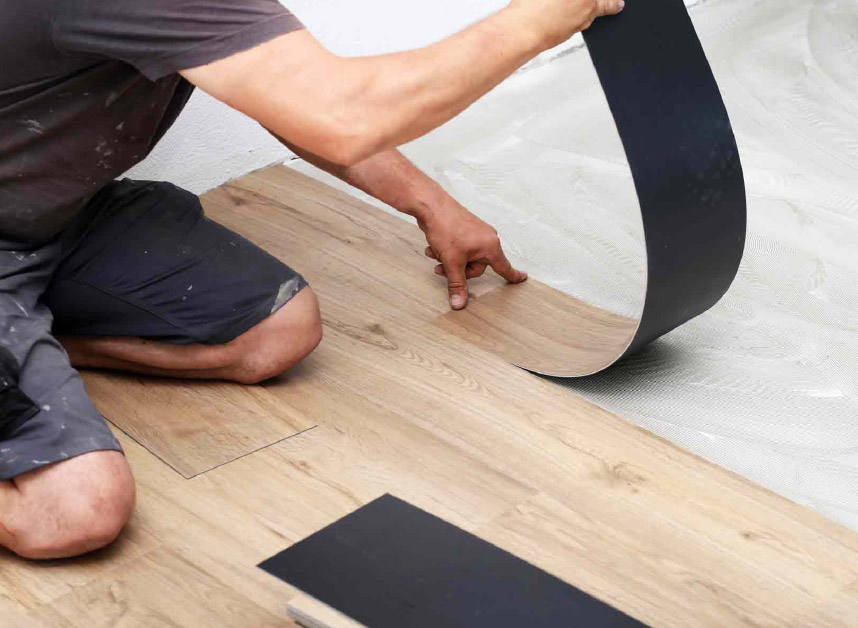
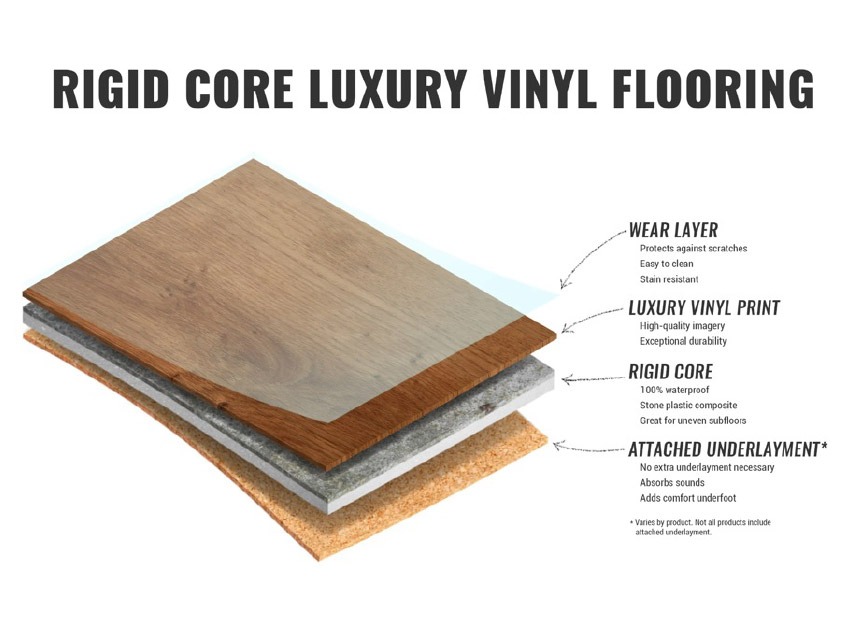
Credits to Flooring Inc.
The evolution of LVF has led to rigid core constructions that offer enhanced stability and performance:
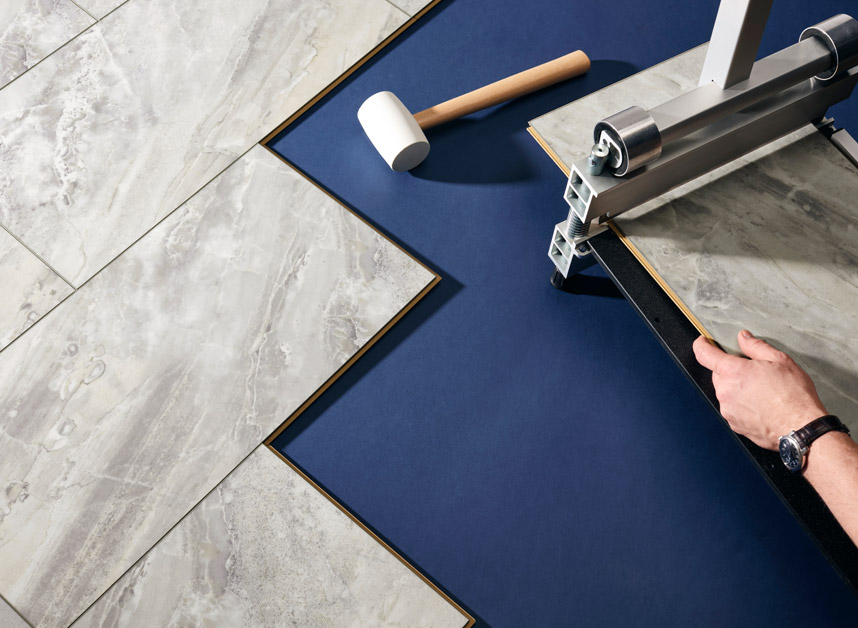
LVF offers various installation approaches, each with distinct advantages:
Understanding the performance attributes of lavish flooring is essential for selecting the right product for your specific needs:
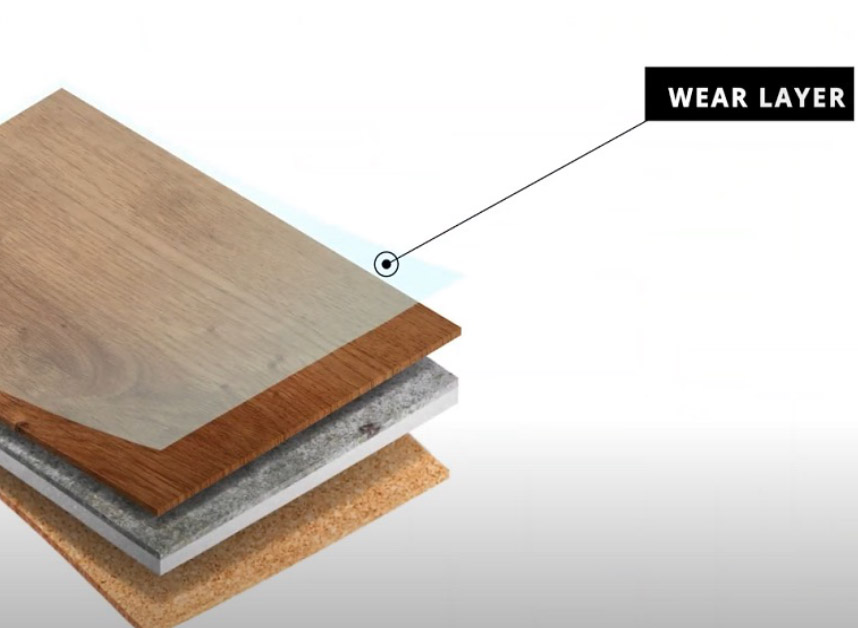
Credits to COREtec Floors.
The wear layer is the transparent protective coating that shields the design layer and determines the floor's longevity.
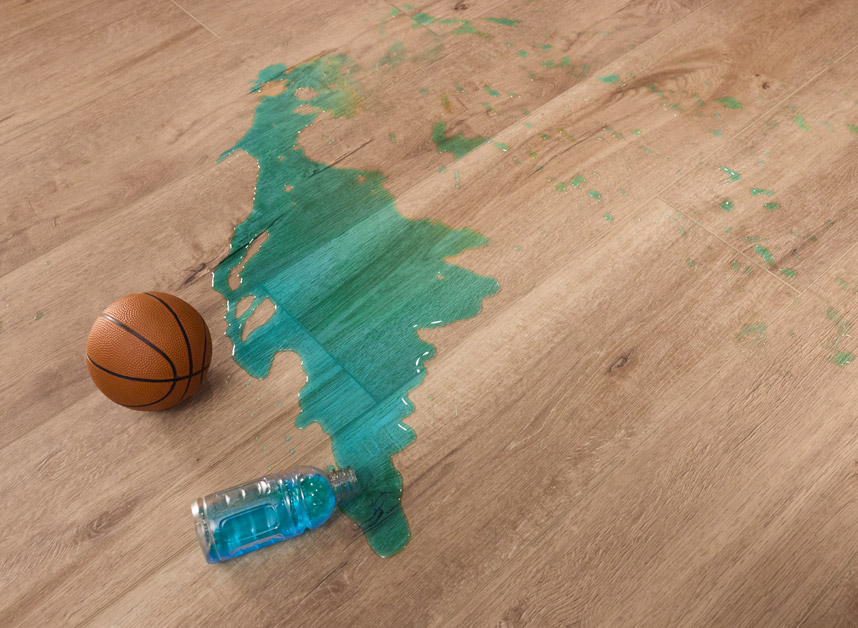
One of luxury vinyl's greatest advantages is its exceptional moisture resistance:
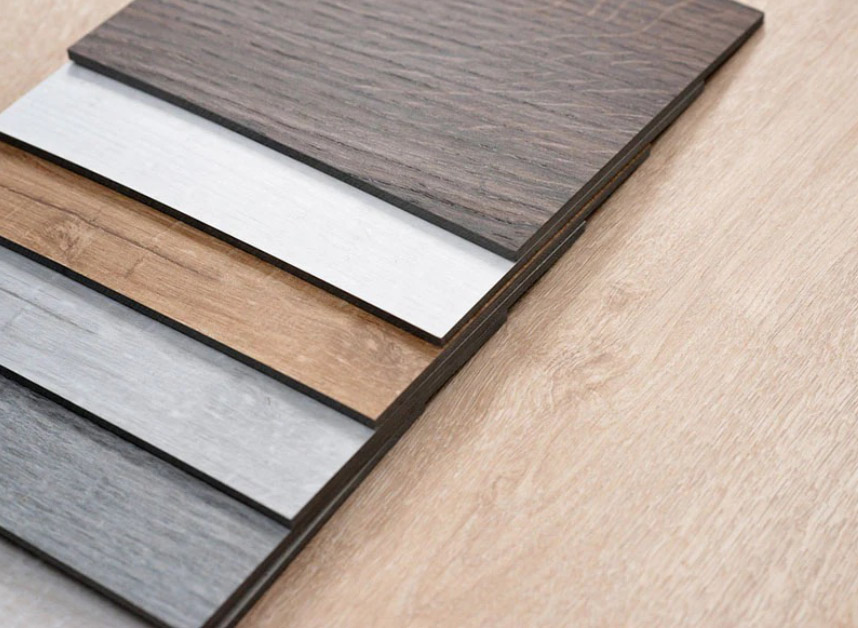
The acoustic properties and comfort ground vary significantly between products:
The luxury vinyl market has expanded to include specialized products for specific applications:
Understanding the performance attributes of lavish flooring is essential for selecting the right product for your specific needs:
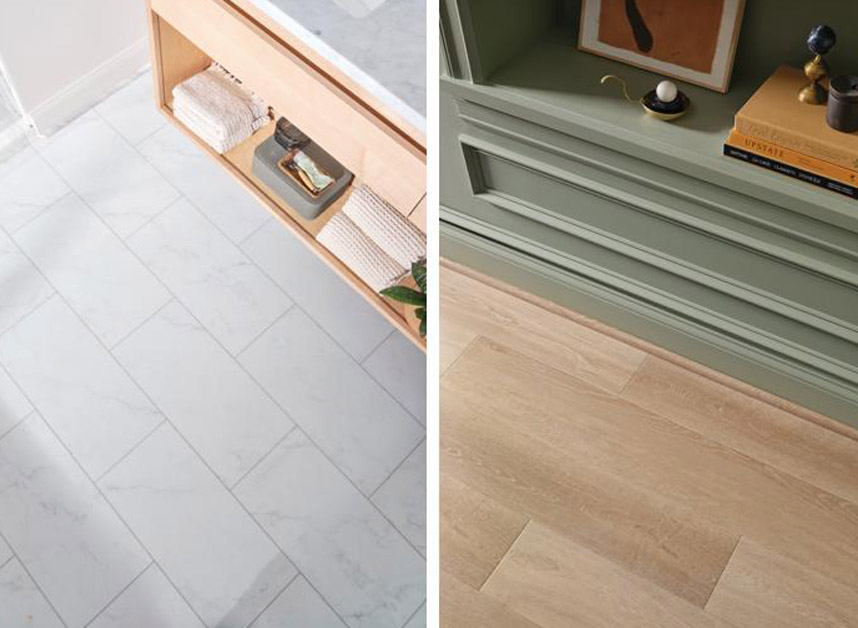
Luxurious flooring offers options across various price points:
Selecting the ideal elegant vinyl flooring involves balancing aesthetic preferences with practical considerations:
Vinyl flooring continues to evolve with technological advancements, creating increasingly realistic visuals, enhanced performance features, and improved sustainability. Whether you're renovating a single room or an entire property, today's luxury vinyl options offer solutions that combine the beauty of natural materials with exceptional durability, water resistance, and ease of maintenance—all at a price point that often makes premium flooring accessible for virtually any budget.
By understanding the different types, constructions, and performance characteristics outlined in this guide, you can make an informed decision that will deliver beautiful, long-lasting results for your specific flooring needs.